Explore endangered animal classifications with this informative classroom poster.
Explore Endangered Animal Classifications
The world is home to an incredible variety of wildlife, with each species playing a vital role in maintaining the balance of our ecosystems. However, many animals are at risk of extinction. Scientists and conservationists classify these animals into different categories based on their risk of extinction. Understanding these classifications helps us take action to protect these precious species.
This classroom poster has been designed by our teacher team to help you explore endangered animal classifications with your students. It covers the following classifications:
- Extinct – This means that there are no more animals in a species left, or that no living animal has been found for over 50 years.
- Critically Endangered – This indicates that a species is facing an extremely high risk of being extinct very soon.
- Endangered – This means that a species is in danger of becoming extinct.
- Vulnerable – This means that a species is not yet classified as endangered, but numbers are continuing to drop.
How to Use This Endangered Animal Classifications Poster with Your Students
This poster is a fantastic resource to inspire student-centred learning about endangered species. Here’s how you can use it:
- Introduction – Start by discussing the importance of biodiversity and the role each species plays in our ecosystems. Introduce the concept of endangered species and review the content on the poster. Discuss why some animals are at greater risk than others.
- Assign Topics – Divide the students into small groups and assign each group a classification category from the poster. Provide fact cards or research materials about different animals within each assigned category.
- Research and Presentation – Have each group research their assigned animals, focusing on why these animals are classified as they are. Students can create mini-posters or fact sheets about their animals, including pictures and interesting facts.
Download This Endangered Animal Classifications Poster
Use the Download menu to access the full-color PDF.
If you are using this poster as part of a classroom display, you may wish to enlarge it to improve its readability.
More Conservation Teaching Resources From Teach Starter!
We only have one home planet, which is why must must teach our students to protect it! Click below for more great resources to use when teaching your students about conservation and sustainability:

teaching resource
Reduce, Reuse, Recycle, and Rethink Posters
Teach the concepts behind reducing, reusing, recycling, and rethinking waste with this set of 4 posters.
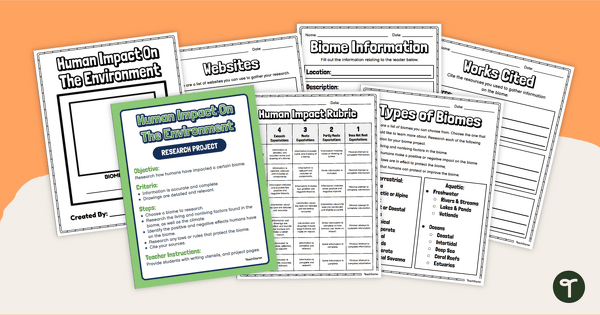
teaching resource
Human Impact on the Environment-Research Project
Uncover how humans positively and negatively impact the different biomes around the world with a guided research project.
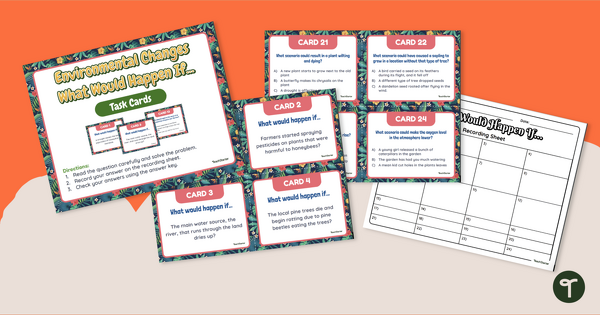
teaching resource
What Could Happen? Environmental Change Task Cards
Predict and identify the effects of environmental change on plants and animals with a set of printable science task cards.
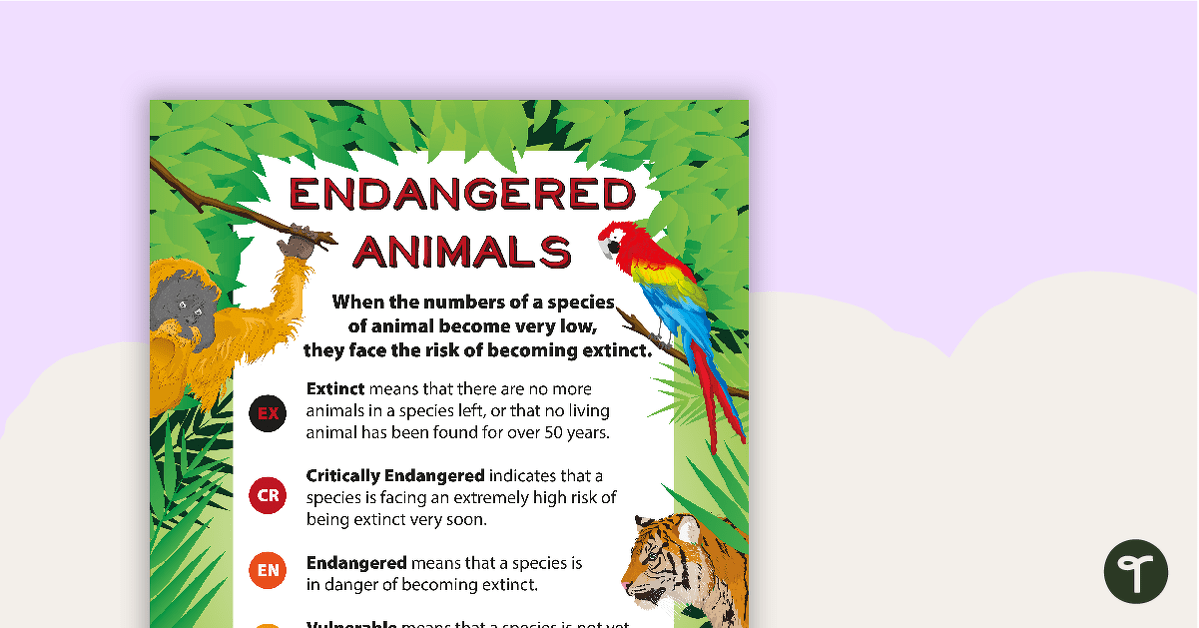

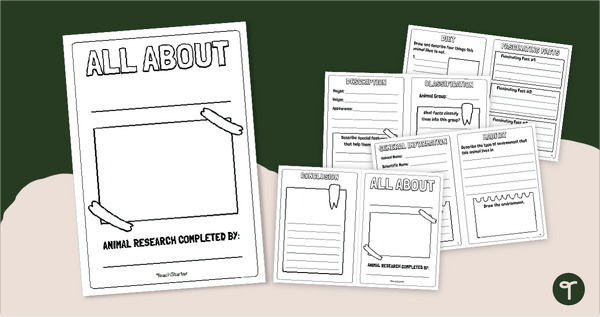

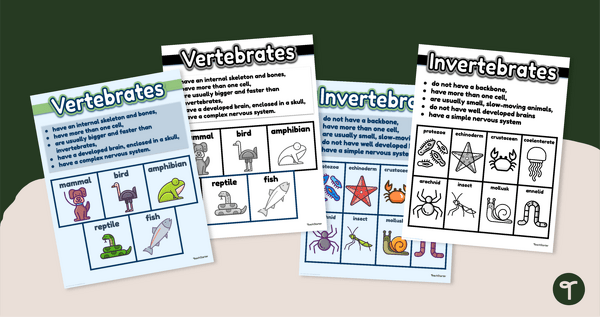
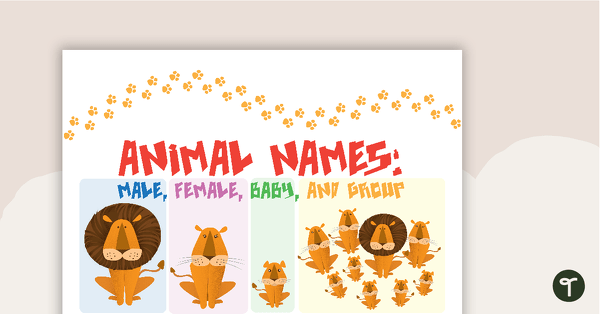
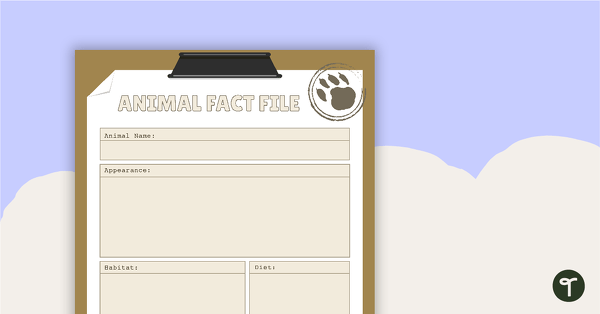
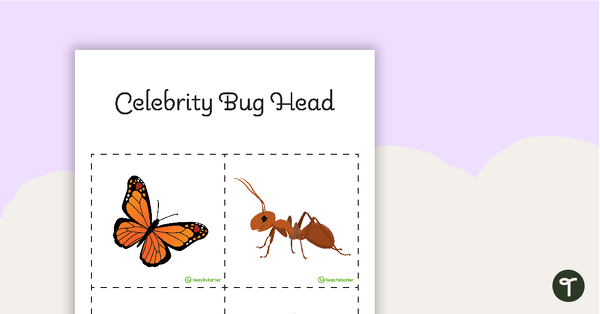
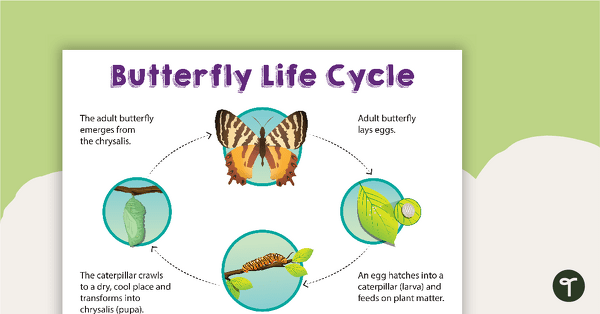

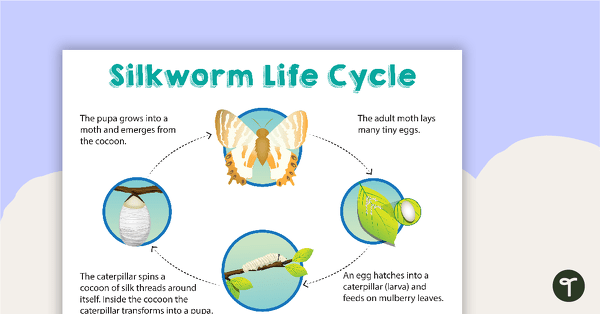
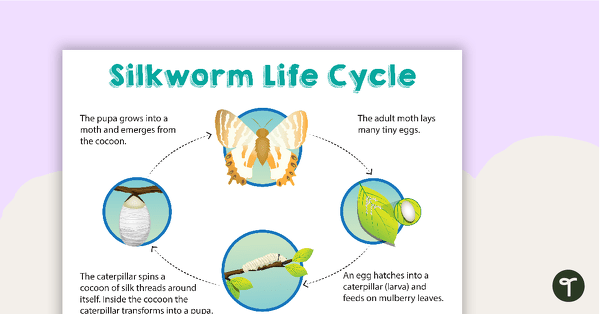
0 Comments
Write a review to help other teachers and parents like yourself. If you'd like to request a change to this resource, or report an error, select the corresponding tab above.